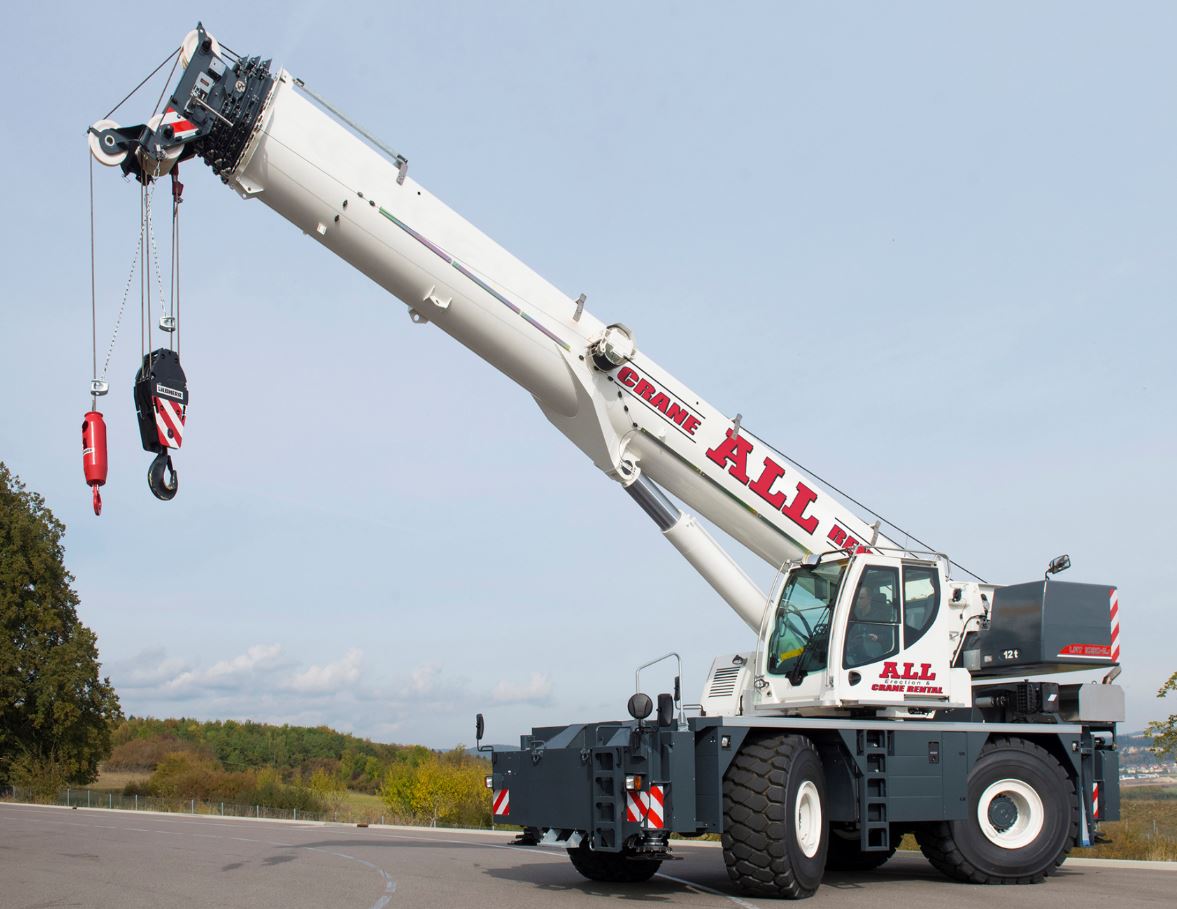I recently read a paper titled “Predictive Analytics in Workplace Safety: Four ‘Safety Truths’ that Reduce Workplace Injuries”, published by Pittsburgh-based Predictive Solutions. The company offers a variety of safety solutions to help customers improve and sustain their safety program results. The article stated that predictive analytics help many organizations gain insight into their operations and use their resources in the most effective way. These models predict the likelihood, frequency and location of workplace injuries using the customers’ safety-observation data.
How can workplace injuries be predicted? Predictive analytics draws real-time conclusions about future risk using safety-observation data. For instance, the company’s “Red Flag” model identifies projects, sites or work groups that show characteristics at a higher risk of incidents.
In addition, Predictive Solutions offers consulting services that drive culture and process change within organizations to create sustainable workplace injury prevention programs. In my experience, a company’s culture is the most important aspect in reducing workplace injuries. Predicting occupational accidents, incidents and injuries is great as long as an employer is willing to change its company culture. One does not need a library of data to determine there is a problem in a company. On the other hand, experience tells me that extensive OSHA citations, high EMR (Experience Modification Rating), high workers’ compensation premiums and high employee-turnover rates are indicators of a company in need of a safety program. How the ownership, management, and workforce view safety is the real key to preventing workplace incidents and accidents. A mountain of data is useless without a commitment to make changes within a company.
For data to make a difference in an organization, a safety program must be in effect in the company. A safety program primarily requires a firm commitment from the owners and top management, as well as buy-in from all employees and all levels of management.
Secondly, a written HASP (Health and Safety Plan) that documents the firm’s commitment should be in place. For help in developing a health and safety plan, a company can hire a consultant or a safety professional; contact the OSHA area office; or visit OSHA’s website.
In addition, training must be included in the program. This training must follow all the pertinent OSHA standards. The most important standards for the roofing industry to follow are fall protection, scaffolding and powered industrial trucks.
Finally, it is important to provide feedback through job-site audits and inspections. These inspections can be performed in-house by managers, supervisors or a safety professional. Through inspections, the company can determine if its program is working.
Collecting data for the sake of collecting data is absolutely useless without a viable documented safety culture. Training and inspection programs must also be in place to address the data that has been collected.




Be the first to comment on "Data Can’t Replace a Commitment to Safety"